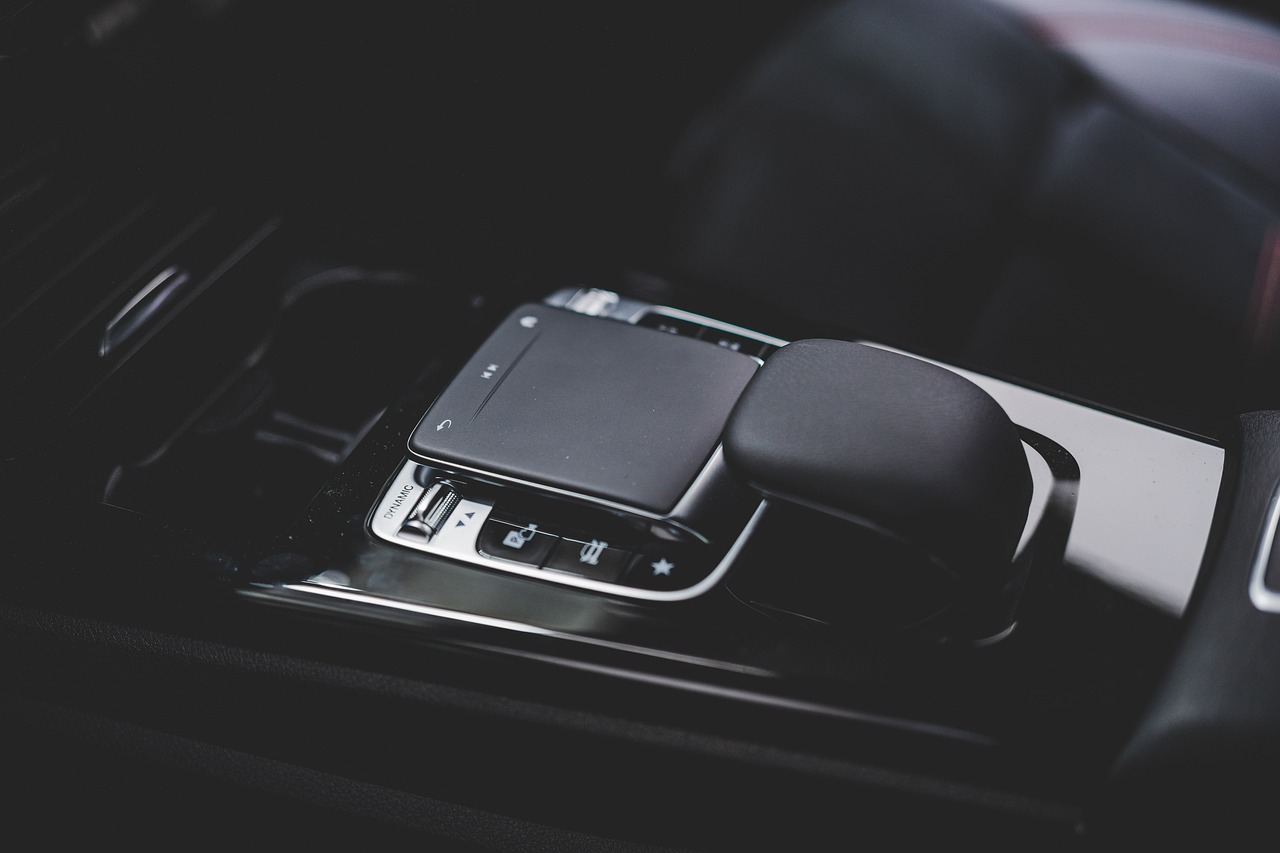The Role of IoT in Connected Cars
The automotive industry has seen a remarkable transformation with the advancement of IoT technology. Vehicles are now equipped with sensors and connectivity features that enable real-time data monitoring and analysis. This has not only enhanced the driving experience for consumers but also revolutionized the way automotive companies design, produce, and maintain vehicles.
With IoT technology, cars can now communicate with each other and with the surrounding infrastructure, leading to improved traffic management and reduced accidents. Additionally, automakers can gather valuable insights on vehicle performance and user behavior, allowing them to tailor their products and services to meet the evolving needs of customers. The integration of IoT in the automotive industry has paved the way for smart, connected vehicles that offer convenience, efficiency, and enhanced safety features.
The Evolution of Connected Cars
Connected cars have revolutionized the automotive industry with their ability to seamlessly integrate technology into daily driving experiences. Initially, these vehicles focused on basic connectivity features such as GPS navigation and infotainment systems. However, advancements in IoT technology have now enabled cars to establish connections not only with smartphones and other devices but also with the surrounding infrastructure.
As the evolution of connected cars continues, manufacturers are increasingly incorporating advanced safety features into these vehicles. This includes systems that can detect potential collisions, alert drivers of hazards, and even autonomously navigate in certain situations. With the integration of IoT technology, connected cars are not only enhancing the convenience of driving but also significantly improving overall road safety.
Enhanced Safety Features in IoT Connected Vehicles
The integration of IoT technology in vehicles has revolutionized the safety features available in cars today. With the ability to collect and analyze real-time data, IoT connected vehicles can alert drivers of potential hazards more efficiently than ever before. For instance, sensors integrated into the vehicle can monitor the driver’s behavior and provide alerts if any signs of fatigue or distraction are detected.
Moreover, IoT connected vehicles have the capability to communicate with other vehicles and infrastructure, enabling collaborative safety measures such as real-time traffic updates and collision avoidance systems. This interconnected network of communication enhances overall road safety by providing drivers with a comprehensive view of their surroundings and potential risks. As a result, the safety features in IoT connected vehicles not only protect the driver and passengers but also contribute to reducing accidents and improving road traffic management.





